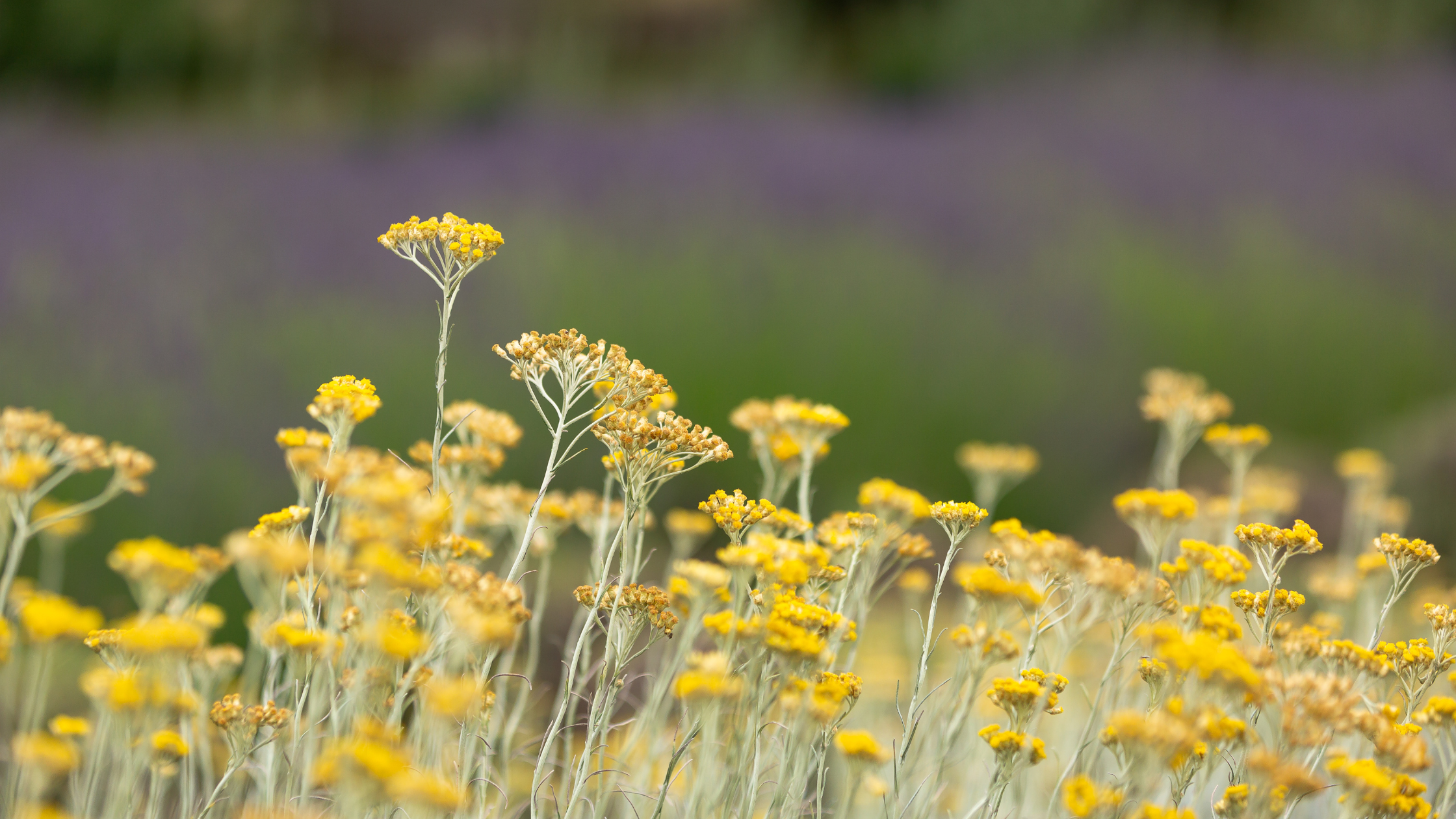- valentina
- 7 Agosto 2023
- 10h21
Scent of Sardinia, smell of home
7 August 2023
Close your eyes and imagine the smell of home.
What is the first scent that reactivates your memory? What is that fragrance that, of all things, manages to quiet your heart and bring a smile to your face
It doesn’t matter if it is a childhood memory or a memory of a place you feel is familiar, as long as it is your own.
For us it is the smell of Helichrysum.
A plant rich in history and properties, whose scent always greets us when we return to Sardinia after a business or pleasure trip.
That intense aroma, which pervades us when we get off a plane or disembark from the ferry, is a certainty from which it is now impossible to detach from.
That is why, today, we decided to dedicate our blog article to this plant.
Helichrysum, the plant of sun and gold
The name “helichrysum” recalls the light and warmth of the sun: in fact, it derives from the Greek terms helios (sun) and chrysos (gold), because of the intense color of its gold-colored flowers.
The same color as the hair of a beautiful nymph who, according to the legend, was in love with a god but, unfortunately, not reciprocated. Hence, as she was letting herself die due to the pain of unrequited love, the gods took pity on her and transformed her into a plant, the helichrysum.
Also known as “perpetuino” or “semprevivo,” which means a species that never rots, the helichrysum possesses flowers that, even when drying, do not decay, but endure in all their splendor without losing their petals.
For this very reason, as Pliny the Elder relates in his Naturalis historia, the flowers were woven to form garlands with which statues of deities were crowned as a good omen.
Scova de Santa Maria and Frore de Santu Juanne
In Riola Sardo it is known as “scova de Santa Maria,” which literally means “broom of Santa Maria.”
This name apparently comes from an ancient legend telling that a mother of three children, suffering from a persistent cough, after despairing because she could not find a cure, fell asleep and dreamed of Our Lady cleaning their room with bundles of helichrysum.
When she woke up, she went to collect that plant and prepared a decoction that cured the children.
In fact, the helichrysum was used both as a broom, intertwining the branches with those of other aromatic plants, to clean ovens after baking, and in the form of a decoction, as a cough sedative.
Another name for Helichrysum is “Frore de Santu Juanne” (St. John’s flower), because of its connection to rituals for the feast of the saint. In fact, it seems that feeding the bonfires that are made on the night of the feast with helichrysum is an auspicious omen for couples who jump the fire holding hands.
A plant between legends and properties
The Helichrysum is used today in herbal medicine for its anti-allergic and anti-inflammatory properties that are especially indicated for the well-being of the skin and respiratory tract. The parts used are the leaves and flowers which are ideal for preparing infusions, decoctions and products, both for internal and external use such as tinctures, extracts, oils and cosmetics.
A symbol of remembrance and of “forever,” used as a “broom” for household chores and in a metaphorical sense to ward off ailments, as a beauty ingredient and as a symbol of happiness, helichrysum is also the scent that, once you leave Sardinia, you will look forward to smelling again.
Because, as the saying goes, “Of good fortune remains those who adorn themselves with helichrysum.”

